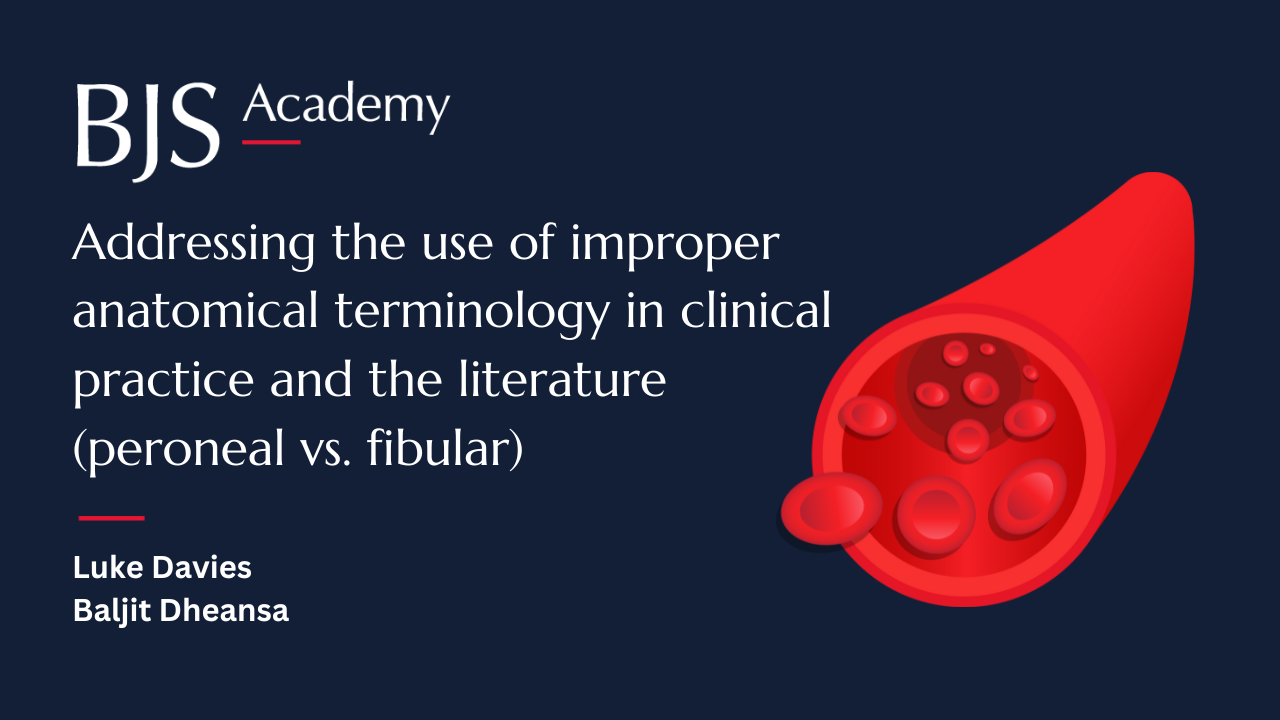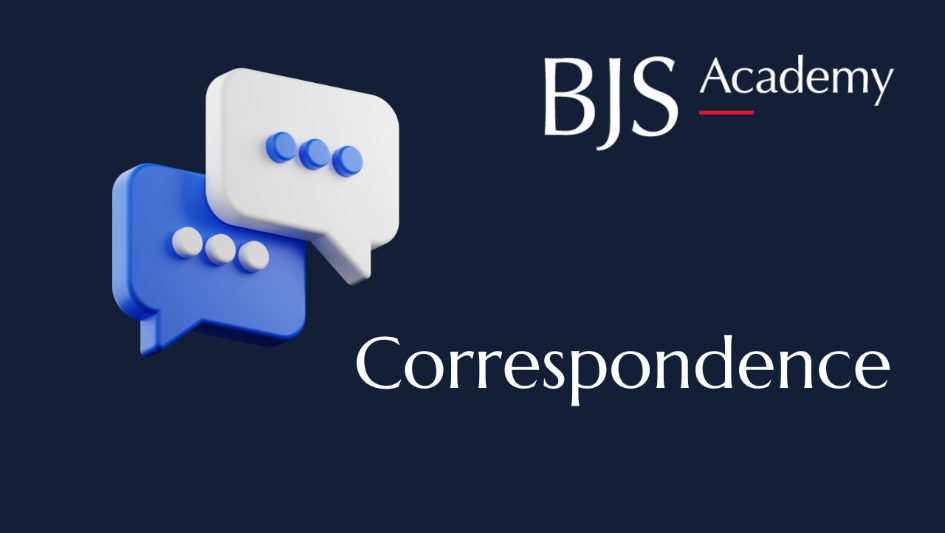BJS Academy>Cutting edge blog>Non technical error ...
(1)
Non-technical error leading to patient mortality in the Australian surgical population
Jesse D Ey
Department of Surgery, The University of Adelaide, The Queen Elizabeth Hospital, Woodville, South Australia, Australia
Victoria Kollias
Department of Surgery, The University of Adelaide, The Queen Elizabeth Hospital, Woodville, South Australia, Australia
Octavia Lee
Department of Surgery, The University of Adelaide, The Queen Elizabeth Hospital, Woodville, South Australia, Australia
Kelly Hou
Department of Surgery, The University of Adelaide, The Queen Elizabeth Hospital, Woodville, South Australia, Australia
Matheesha B Herath
Department of Surgery, The University of Adelaide, The Queen Elizabeth Hospital, Woodville, South Australia, Australia
John B North
Southern Clinical School, University of Queensland, Brisbane, Queensland, Australia
Ellie C Treloar
Department of Surgery, The University of Adelaide, The Queen Elizabeth Hospital, Woodville, South Australia, Australia
Martin H Bruening
Department of Surgery, The University of Adelaide, The Queen Elizabeth Hospital, Woodville, South Australia, Australia
Adam J Wells
Department of Neurosurgery, The Royal Adelaide Hospital, Adelaide, South Australia, Australia
Guy J Maddern
Department of Surgery, The University of Adelaide, The Queen Elizabeth Hospital, Woodville, South Australia, Australia
13 May 2025
Guest blog General Vascular
(1)
Related articles

Little Women: Assessing diversity among consultant paediatric surgeons in the UK: open science, education, and academic achievement
Ameera J M S AlHasan
In a recently published cross-sectional study in BJS1, Dr Marianna Kapestaki examines diversity amongst paediatric consultant surgeons in the UK. It comes as no surprise that the majority of consultants and full professors were men, whilst 73.5% of consultants were white. On the bright side, no gender or racial disparities were found in other academic parameters such as being affiliated with a university or having earned a PhD. Dr Kapestaki presents several other parameters in her study which may or may not be significantly associated with gender, racial or academic inequalities. She goes on to state that the findings in paediatric surgery are consistent with those in neurosurgery and neurology in the UK.
A study like this is important for several reasons. First, it sheds light on the importance of dissecting the surgical workforce for potential inequalities and possible discrimination, including highly subspecialized branches of surgery such as paediatric surgery. Second, it demonstrates that lack of diversity at consultant level is a persisting problem, but one that is definitely remediable once sufficient awareness of the issue is established. Finally, it seems fair to infer from the findings that the solution may lie in the problem itself, namely academia. If there are indeed no disparities in academic achievements such as completing a PhD or becoming affiliated with a university, then with sufficient awareness and deliberation, these same individuals should conscientiously be chosen to higher positions of consultant and full professorship. One can only hope.

Addressing the use of improper anatomical terminology in clinical practice and the literature (peroneal vs. fibular)
Luke Davies, Baljit Dheansa
Dear Editor
There still exists a disparity between the correct anatomical terminology used in medical educational resources, and that which is used in the clinical environment and surgical journals such as the British Journal of Surgery (BJS).1,2 We wish to highlight this as a problem not only for effective communication between healthcare professionals but also the confusion this can cause for students and doctors sitting important examinations.
Anatomical nomenclature forms the basis of medical language. Consistent and unambiguous terminology is essential in an increasingly globalised world, and is crucial to prevent miscommunication between team members in the clinical environment. However a disconnect persists between the terms used by experienced clinicians, and those endorsed as official by the anatomical community, and therefore taught in educational resources.1,2

Comment on: Identification of patient characteristics that may improve procedure selection for the treatment of carotid stenosis
Guicheng Kuang, Hang Ji, Yi Liu, Haogeng Sun
Correspondence to: Haogeng Sun (email: s666888sci@163.com)
37 Guoxuexiang Street, Chengdu
Tel: 028-85423489
Copied!
